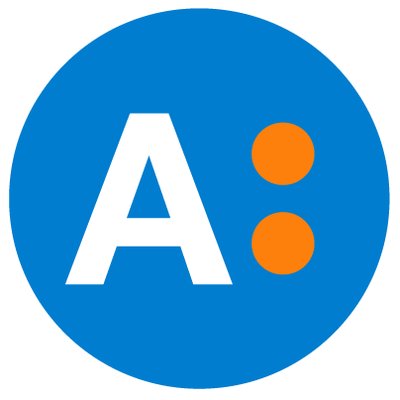Charles Schwab: Research program management
problem
As lead researcher for two product families, I needed to increase cadence of testing to get our products up to speed. To accelerate the process, we established a working relationship with AnswerLab, an independent research agency.
goal
Our primary goal was to combine in-house research with the efforts of AnswerLab in order to produce research insights that would help us to improve our product offerings more quickly. I managed our relationship with AnswerLab and provided generative and iterative in-house research support. AnswerLab provided recruiting, research plan, moderation, and reporting services.
phase 1: establishing testing cadence
I connected with project managers to propose a structure and schedule for testing.
Day 1: Usability testing
Day 2: Reiteration of prototype
Day 3: Follow-up usability testing to gauge efficacy of changes
Each product team prioritized projects according to urgency.
Design gauged how often they could realistically provide prototypes.
Research and design management discussed realistic testing frequency and possible issues related to rapid pace.
I proposed a flexible testing schedule with AnswerLab so that we could pivot if cadence did not match production.
Our solution was to aim for 3 weeks of usability testing every month. Each week consisted of testing on Tuesday and Thursday with Wednesdays free for reiteration.
phase 2: establishing round timelines
Each round of testing would last approximately 6 weeks and include 4 session days of testing.
AnswerLab created research timelines for a 6-month period.
I coordinated with product and management to determine which timelines would work for our product families and UX team.
phase 3: populating the schedule
I worked with the product teams to determine order of projects for fielding.
Time slots were populated in Confluence.
phase 4: scheduling meetings according to the timeline
Each project began with a kickoff meeting. Walkthroughs, recruiting, and readout meetings were to be scheduled as needed.
I sent AnswerLab a list of key attendees per project. AnswerLab created the calendar invites and WebEx links for each meeting or research session.
As scheduling needs shifted, we shifted meeting and fielding times.
phase 6: preparation for testing
Kick-off: I evaluated each product as the in-house researcher and conducted generative research as needed. We held workshops, journey mapping exercises, and meetings as needed leading up to our kick-off with AnswerLab. In preparation for kick-off, I used the personas I created to define recruiting criteria. Stakeholder interviews and group meetings allowed me to create a full project brief and preliminary task flow, which I shared with AnswerLab.
Recruiting: AnswerLab either recruited directly or used clients from our database list pull to create participant lists. Participants were recruited according to location if we were doing on-site testing and from all over the country if we wanted AnswerLab to test remotely in their own lab.
Preliminary Walkthrough: During the preliminary walkthrough, the designer shares the prototype with AnswerLab. I coordinated with AnswerLab to define task flows and to strategize theoretical scenarios for testing.
Final Walkthrough: Prior to testing, we reworked prototypes and refined task flows to match research goals. Final prototypes were shared with Answerlab as Invision links.
Usability Testing Day 1: AnswerLab conducted usability testing and our team observed via WebEx. I transcribed 2-3 pages of notes and gathered quotes from participants
Testing Day 2: I worked with our internal designers, content strategist, and product teams to improve elements that did not test successfully on the first day
Testing Day 2: AnswerLab conducted usability testing with improved prototypes.
phase 7: summary reports
Ten Key Takeaways: AnswerLab produced a list of key takeaways immediately after fielding.
Final Report: AnswerLab provided a final report complete with findings, visuals, quotations, and recommendations.
phase 8: repeat & conclude
Each product team completed one round of testing every 3 weeks.
Eventually, our product teams were up-to-date and an in-house researcher took over testing internally.
